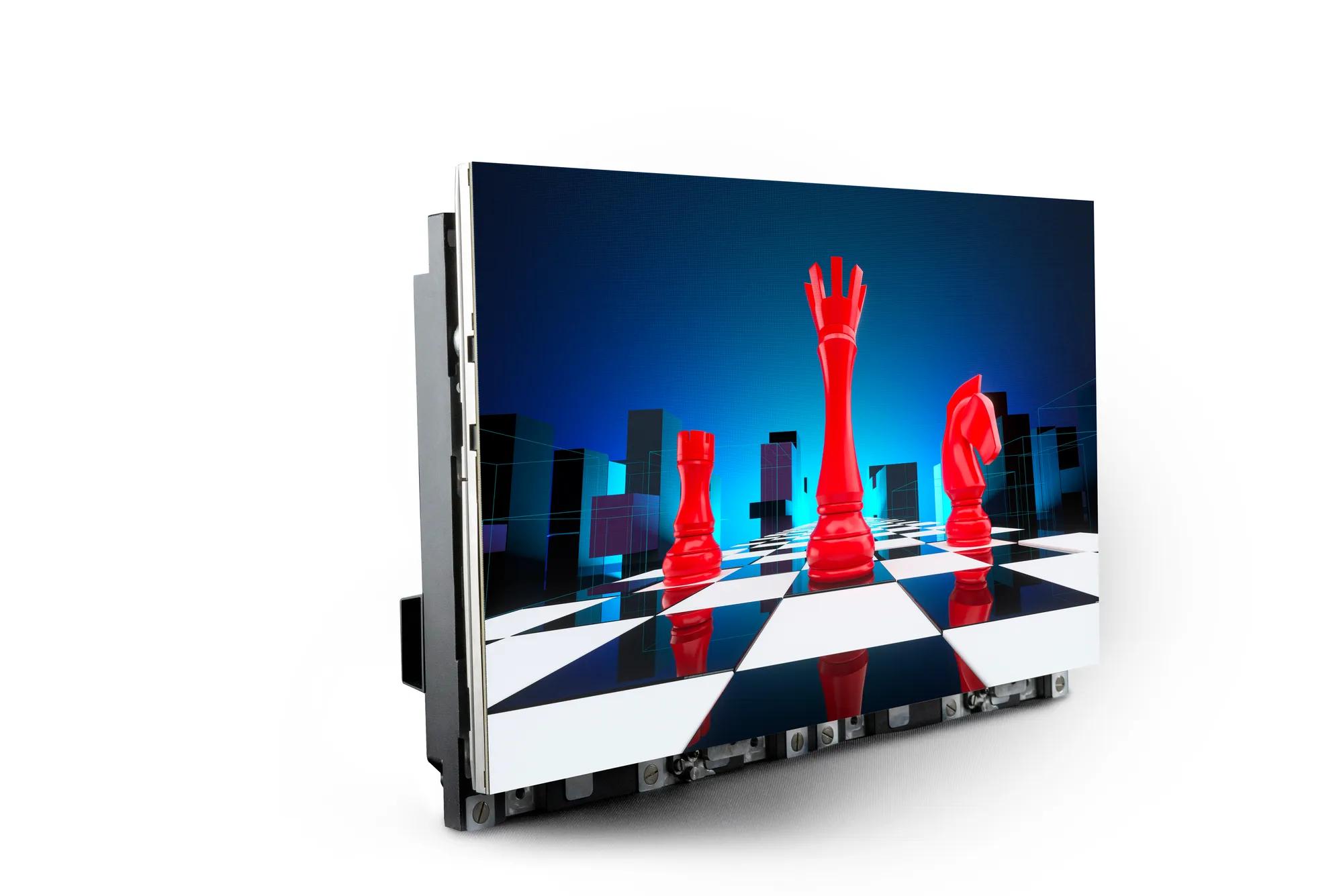Mastering the Art of Mounting Front Maintainable Illuminated Displays for Peak Efficiency and Durability
Setting Up front maintainable light-emitting diode panels is an vital job that requires detailed planning and application to ensure peak operation and durability. light-emitting diode displays are extensively used in various settings, including corporate spaces, exhibitions, and media rooms due to their vivid images and power savings. Front maintainable screens offer the ease of upkeep and substitution without needing reach to the rear of the display. This benefit makes them especially useful in limited installations where back entry is not feasible. To excel at the installation workflow, knowing the components, tools, and practices involved is crucial.

The initial phase in installing forward serviceable digital displays is to collect all essential items and instruments. This involves the light-emitting diode screens themselves, a strong installation frame, cabling components, and safety gear such as hand protection and safety glasses. It is also vital to have a electrical supply readily on hand. Knowledge with the screen specifications is critical, as each version may have distinct mounting needs. Additionally, reviewing the producer’s guidelines will provide direction into the best practices for installing and wiring the panels effectively.
After all materials are at hand, the following stage involves readying the mounting area. This involves assessing the space to confirm that the light-emitting diode panels will align correctly within the designated mounting frame. Accurate sizing assist prevent later issues concerning size or positioning. Preparing the site before setup is also important to ensure that dirt or contaminants does not disrupt the adhesive or installation components. It is recommended to have at least multiple people assisting with this process, as handling oversized displays can be cumbersome and requires cautious handling.
The final mounting of forward serviceable light-emitting diode screens Continue Reading commences with fastening the installation bracket to a stable foundation. The bracket should be level and adjusted correctly since any offset can impact the entire display clarity. After stabilizing the frame, it is time to find more info attach the cables. This process requires attaching each unit to a electrical outlet while ensuring that cables are neatly organized to avoid knotting or deterioration over time. When everything is linked correctly, the panels can be securely fixed to the mounting frame following the manufacturer’s guidelines.
Once setting up the face accessible light-emitting diode panels, verifying their operation is crucial for guaranteeing optimal results. This involves examining for color accuracy, luminance, and any likely malfunctions. Routine maintenance inspections should be planned to extend the lifespan of the LEDs and ensure they remain operating at their peak. By implementing these steps for mounting and servicing, individuals can enjoy vibrant displays while get the most from their return in LED technology for the long term.